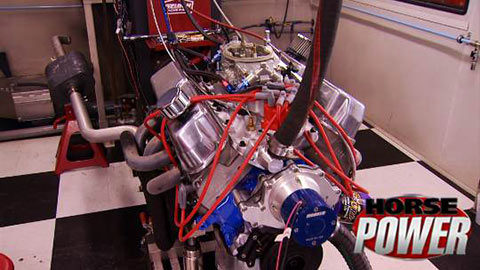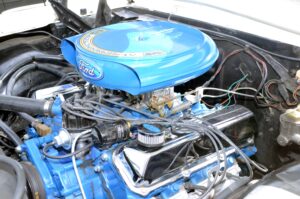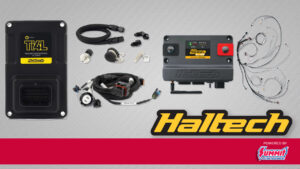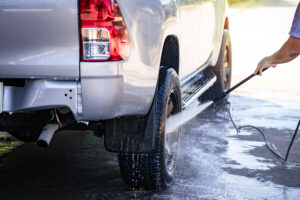HorsePower Builds
Want more content like this?
Join the PowerNation Email NewsletterParts Used In This Episode
Comp Cams
Cam, Lifters, Valvetrain, Hydraulic Roller Tappet, Advertised Duration 286/286, Lift .598/.598, Ford 5.0L, Kit.
Comp Cams
Hydraulic Roller Lifter, Retro Fit, Steel Spider, Ford, Small Block, Cleveland, Modified, Kit.
Summit Racing
Summit Rotating Assembly with Eagle Crank, .030 KB Pistons, Summit Racing I-Beam Rods, Clevite Main and Rod bearings, Fel-Pro Gasket Set, Sealed Power Rings, Melling High Volume Pump, Fel-Pro One piece Oil Pan Gasket.
Gold Eagle Co.
STA-BIL Fogging oil
O'Reilly Auto Parts
O'Reilly 10W30 Motor Oil
O'Reilly Auto Parts
Pioneer timing cover































